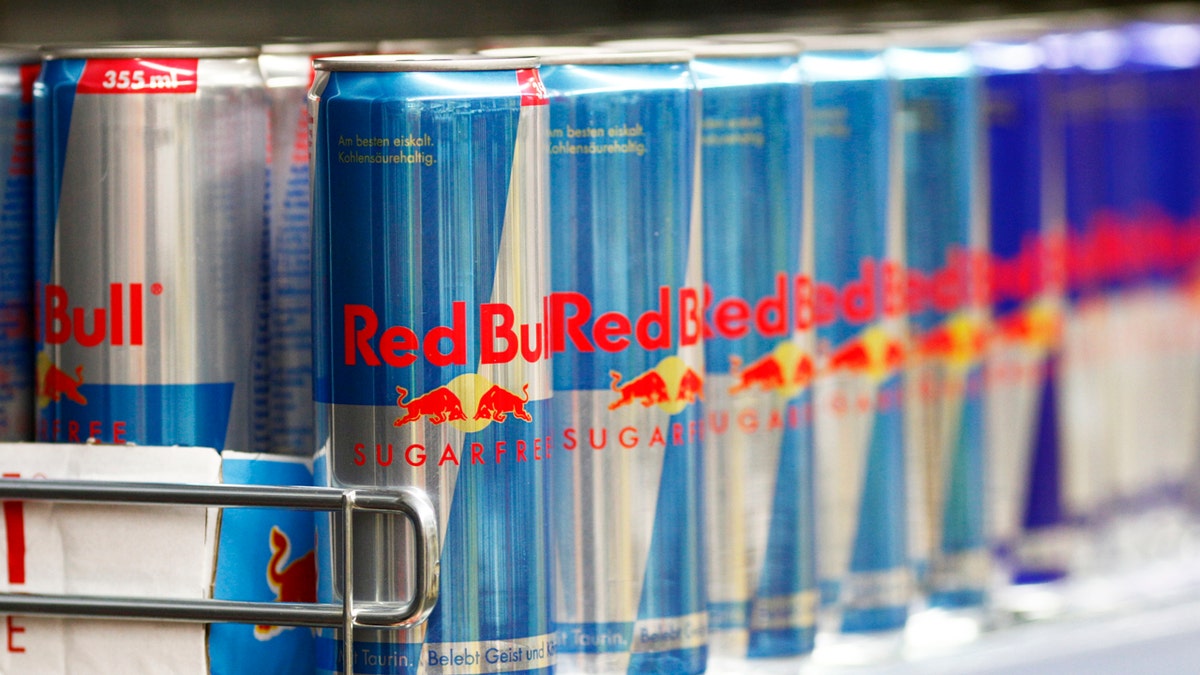
Mixing energy drinks like Red Bull with spirits may cause permanent damage to adolescent brains.
Mixing energy drinks with alcohol alters the activity in the adolescent brain – which lasts into adulthood, according to a new study conducted at Indiana's Purdue University.
The brain chemistry of mice given high levels of caffeine drinks mixed with alcohol was similar as those given cocaine. Energy drinks, like Red Bull and Monster, contain as much as ten times the caffeine as soft drinks and are often marketed to teenagers. However, little is known about the health effects of the drinks, especially when they are consumed with alcohol.
Dr. Richard van Rijn and his team at Purdue looked at the effects of mixing highly caffeinated energy drinks with alcohol in adolescent mice.
“It seems the two substances (high energy drinks and alcohol) together push them over a limit that causes changes in their behavior and changes the neurochemistry in their brains," he said.
“We’re clearly seeing effects of the combined drinks that we would not see if drinking one or the other.”
But these alcohol studies cannot be performed in adolescent boys and girls for ethical and legal reasons.
But, past research has shown the changes seen in the brains of mice exposed to drugs are very similar to the changes seen in human beings. The Purdue researchers found repeated exposure to the caffeinated alcohol caused the mice to become increasingly more active – similar to the mice that were given cocaine.
They also detected increased levels of a protein called FosB, which is a marker of long-term changes in brain chemistry and is elevated in those abusing drugs like cocaine.
Dr. van Rijn added, "That’s one reason why it’s so difficult for drug users to quit because of these lasting changes in the brain.”
The mice given alcohol also showed a slight tolerance to cocaine in their adult years, the researchers noted.
Graduate student Meridith Robins, who worked on the study, found that mice exposed to caffeinated alcohol during adolescence were less sensitive to the pleasurable effects of cocaine as they grew older. This means they would need to use more cocaine to get the same “high."
Dr. van Rijn said: “Mice that had been exposed to alcohol and caffeine were somewhat numb to the rewarding effects of cocaine as adults.
“Mice that were exposed to highly caffeinated alcoholic drinks later found cocaine wasn’t as pleasurable. “They may then use more cocaine to get the same effect.”
The Purdue study was published in the journal, PLOS One.
